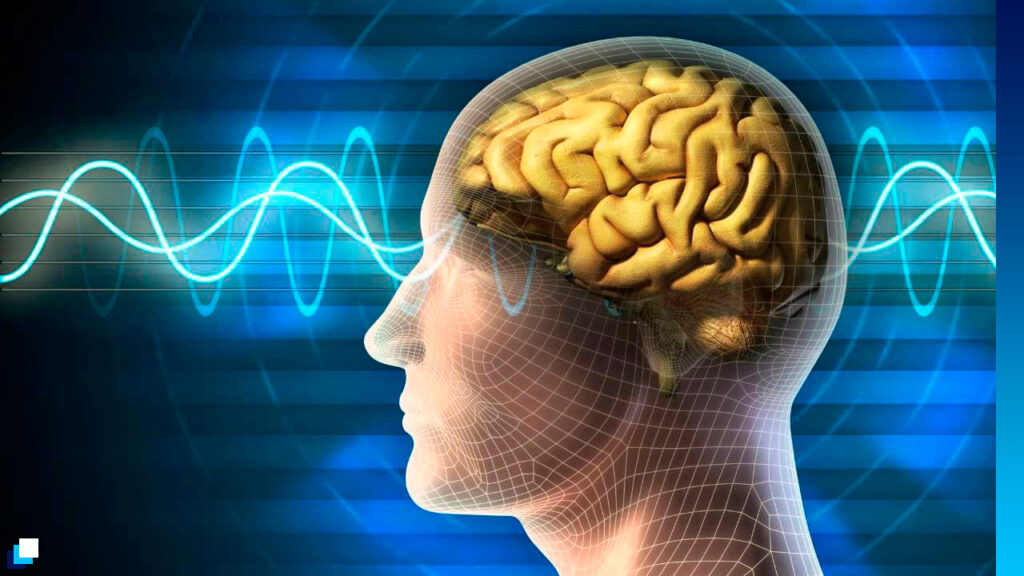The Benefits of Exercise for Brain Health: Beyond Physical Activity
Henriette van Praag, who grew up in the Netherlands and was always an active person, discovered something fascinating about the benefits of exercise while working as a scientist at the Salk Institute for Biological Studies in San Diego in the late 1990s. She revealed that exercise could stimulate the growth of new brain cells in older mice—a revolutionary idea at the time. This changed her perception of physical activity, and since then, she has adopted a more serious approach to her routine, including CrossFit and running eight to nine kilometers several days a week. From improving mood to strengthening cognitive functions, exercise offers a wide range of benefits for brain health.
Immediate Cognitive Boost
Exercise benefits the brain by enhancing short-term cognition. Studies have shown that people who engage in physical activity exhibit immediate improvements in working memory and other executive functions. This is partly because exercise increases the release of neurotransmitters such as epinephrine and norepinephrine, which are essential for maintaining attention and processing information, explains Marc Roig, a professor at McGill University.
Additionally, dopamine and serotonin—neurotransmitters associated with well-being and happiness—are also released during physical activity. These chemical changes contribute to the sense of well-being many people experience after running or playing sports.

Long-Term Benefits
While the immediate effects are remarkable, the greatest benefits of exercise for the brain are observed when maintaining a consistent routine. Those who exercise regularly perform better on cognitive tests compared to sedentary individuals. Moreover, research indicates that the benefits multiply over time, as participating in an aerobic exercise program for several months can improve overall cognition.
It’s important to note, however, that exercise’s effects on cognition are not miraculous. According to Roig, one cannot expect exercise to grant a “supermemory.” However, the long-term impact on the brain is significant and real.
Exercise and Mental Health
Those who regularly engage in physical activity report better mental health compared to sedentary individuals. Furthermore, exercise can be an effective treatment for depression. In fact, some psychiatrists and therapists prescribe exercise programs as part of a therapeutic plan.
The Centers for Disease Control and Prevention (CDC) recommend at least 150 minutes of moderate aerobic activity or 75 minutes of vigorous aerobic activity per week. This amount of exercise can serve as a good benchmark for those looking to improve their overall well-being.

Protection Against Neurodegenerative Diseases
One of the most notable benefits of exercise is its ability to protect against neurodegenerative diseases, such as Alzheimer’s and dementia. Michelle Voss, a professor at the University of Iowa, emphasizes that physical activity is one of the most effective health behaviors for improving cognitive function and reducing the risk of these conditions.
How Does Exercise Benefit the Brain?
The process by which exercise improves brain health begins in the muscles. When we exercise, muscles release molecules that travel through the bloodstream to the brain. Some of these molecules, such as irisin, have neuroprotective effects, meaning they can help protect and restore brain cells.
Additionally, exercise improves blood circulation, facilitating the flow of these molecules to brain regions and enhancing neuronal health. A key example is the brain-derived neurotrophic factor (BDNF), a hormone that plays a crucial role in creating new neuronal connections and repairing brain cells.

The Most Beneficial Type of Exercise
Experts agree that any type of exercise is good for the brain. However, most studies have focused on aerobic exercise, and high-intensity activities like cardiovascular training have been shown to provide greater benefits. Improving cardiorespiratory fitness is key to maximizing the cognitive benefits of exercise.
As Henriette van Praag demonstrates, incorporating intense exercise into daily life can make a difference. Although it may seem challenging on busy days, finding ways to include physical activity—like cycling uphill—can be an excellent way to stay active and continue enjoying the benefits of exercise.
